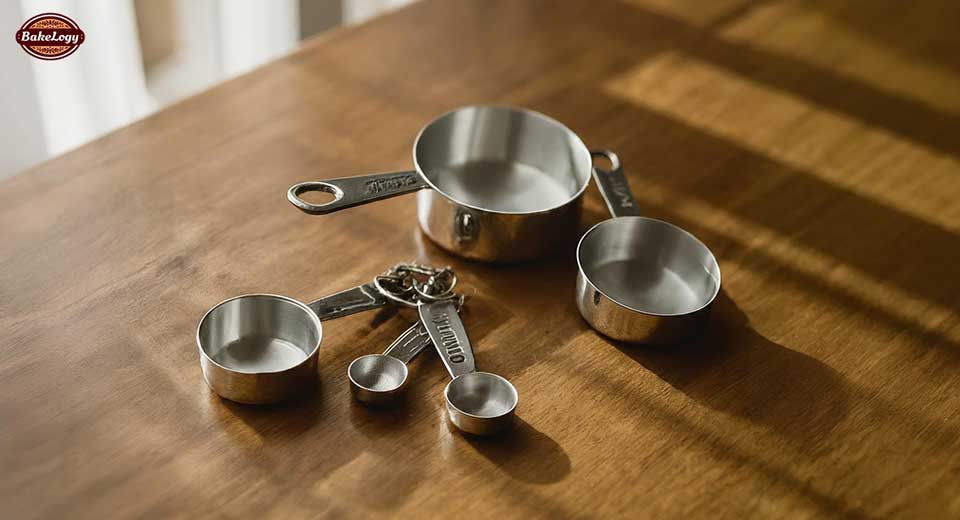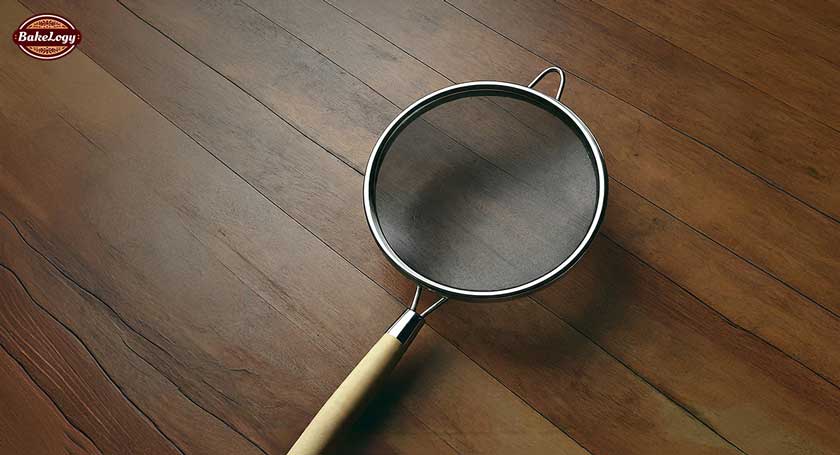Master baked goods with the baking tool “Zester”. Learn tips, techniques, and recipes for perfect zesting. Discover the difference a zester can make in your recipes!
Introduction to Zesters
A zester is a handy kitchen tool designed to extract fine shavings from citrus fruits, spices, and other aromatic ingredients. When baking, a zester allows you to enhance flavors without the bulk.
Key Components of a Zester
- Blade: Typically made of stainless steel, the blade features small, sharp holes.
- Handle: Ergonomically designed for a comfortable grip, often made of silicone or plastic.
Types of Zesters
- Microplane Zester: Ideal for fine zesting and grating.
- Channel Knife: Best for thicker, ribbon-like zest.
Use these tools to elevate your baked goods with minimal effort.
Types of Zesters: Which One to Choose?
When selecting a zester, you have various options:
- Microplane Zester: Ideal for fine zest and grating cheese. It has sharp, tiny blades and provides a soft touch.
- Channel Knife: Perfect for creating decorative citrus strips. Not the best for fine zest.
- Box Grater: Offers multiple grating options. Bulky and less precise for zest.
- Citrus Grater: A small grater designed only for citrus. Easy to use but limited in versatility.
- Rasp Grater: Similar to a microplane, it offers a comfortable grip and precise zesting.
Choose based on your needs, comfort, and the specific results you desire.
How to Properly Use a Zester
- Choose the Right Citrus: Opt for fresh, firm citrus fruits. Wash and dry them properly.
- Grip the Zester: Hold the zester at a slight angle with one hand.
- Position the Fruit: Hold the citrus firmly in your other hand.
- Zest with Care: Gently drag the zester across the surface of the fruit, avoiding the bitter white pith.
- Rotate the Fruit: Continuously rotate the fruit to zest only the colorful outer layer.
- Collect the Zest: Use the zest immediately or store it in an airtight container.
Common Ingredients to Zest for Baked Goods
Enhance your baked goods by zesting these common ingredients:
- Lemons: Add a tangy brightness to cakes, muffins, and cookies.
- Oranges: Infuse your pastries with a sweet, aromatic flavor.
- Limes: Perfect for adding a zesty twist to tropical-themed desserts.
- Grapefruits: Impart a slightly bitter, complex taste to your recipes.
- Nutmeg: Spice up your treats with a subtle, sweet warmth.
- Cinnamon Sticks: Grate fresh zest for an intense spice infusion.
- Chocolate: Create fine shreds to incorporate rich cocoa essence.
Tip: Always zest the outermost layer for optimal flavor.
Tips and Tricks for Zesting Success
- Choose the Right Zester: Opt for a microplane zester for finer zest or a channel knife for larger curls.
- Chill Your Fruits: Cold fruit is firmer, making it easier to zest.
- Avoid the Pith: Only zest the colorful outer layer to avoid the bitter white pith.
- Zest Before Juicing: Always zest your fruits before cutting and juicing them.
- Use Light Pressure: Apply gentle pressure to avoid grating too deeply.
- Clean Immediately: Rinse your zester right after use to prevent zest from sticking.
Cleaning and Maintaining Your Zester
To keep your zester in top condition:
- Rinse Immediately: Rinse the zester under warm water right after use to prevent residue from drying.
- Use a Brush: Employ a small brush to remove stubborn bits stuck between the blades.
- Dishwasher Safety: Verify if your zester is dishwasher-safe. If so, place it on the top rack.
- Dry Thoroughly: Dry completely to avoid rusting. Air-drying is best.
- Storage: Store in a protective cover or safe spot to maintain blade sharpness and prevent injuries.
- Check Regularly: Periodically inspect for wear and replace when blades dull significantly.
Conclusion: Elevate Your Baking with Zesting
Zesting adds intense flavor and aroma to your baked goods without extra moisture. Using a zester:
- Enhances cakes, cookies, and scones with citrus brightness.
- Introduces complex notes to muffins and quick breads.
- Adds sophistication to glazes and frostings.
To maximize these benefits:
- Choose ripe, unblemished fruits.
- Zest only the outermost layer to avoid bitterness.
- Mix zest thoroughly into your batter or dough.
Having a zester in your kitchen arsenal can transform your baking from ordinary to extraordinary. Experiment with different citrus fruits and spices, and watch your creations come to life.
FAQ for Zester
Q1: What is a zester and why is it used in baking?
A: A zester is a kitchen tool used to grate citrus fruit peel, chocolate, cheese, and other foods into fine pieces. It’s used in baking to add fresh, intense flavors from various ingredients.
Q2: What are the different types of zesters and how do I choose one?
A: The main types of zesters are Microplane zesters, box graters, and channel knives. Choose one based on your specific zesting needs: Microplane zesters for fine zest, box graters for versatility, and channel knives for decorative strips.
Q3: How do you properly use a zester?
A: To use a zester properly, hold the zester at an angle and gently drag it across the surface of the ingredient. Apply light pressure to avoid taking off the bitter white pith in citrus fruits.
Q4: What common ingredients can you zest for baked goods?
A: Common ingredients for zesting in baking include citrus fruits like lemons, limes, and oranges, as well as chocolates, cheeses, and spices like nutmeg.
Q5: What are some tips and tricks for successful zesting?
A: Tips for successful zesting include using fresh ingredients, grating in one direction, and tapping the zester to release any stuck zest. Additionally, make sure to zest over a bowl to catch all the fine pieces.
Q6: How do you clean and maintain your zester?
A: To clean a zester, rinse it immediately after use to prevent residue from hardening. Use a brush to remove stuck zest and dry it thoroughly to prevent rust. Store it in a protective cover to keep the blades sharp.
Q7: Why should you incorporate zesting into your baking routine?
A: Incorporating zesting into your baking routine adds a burst of fresh flavor and aroma to your baked goods, elevating the taste and overall quality.




